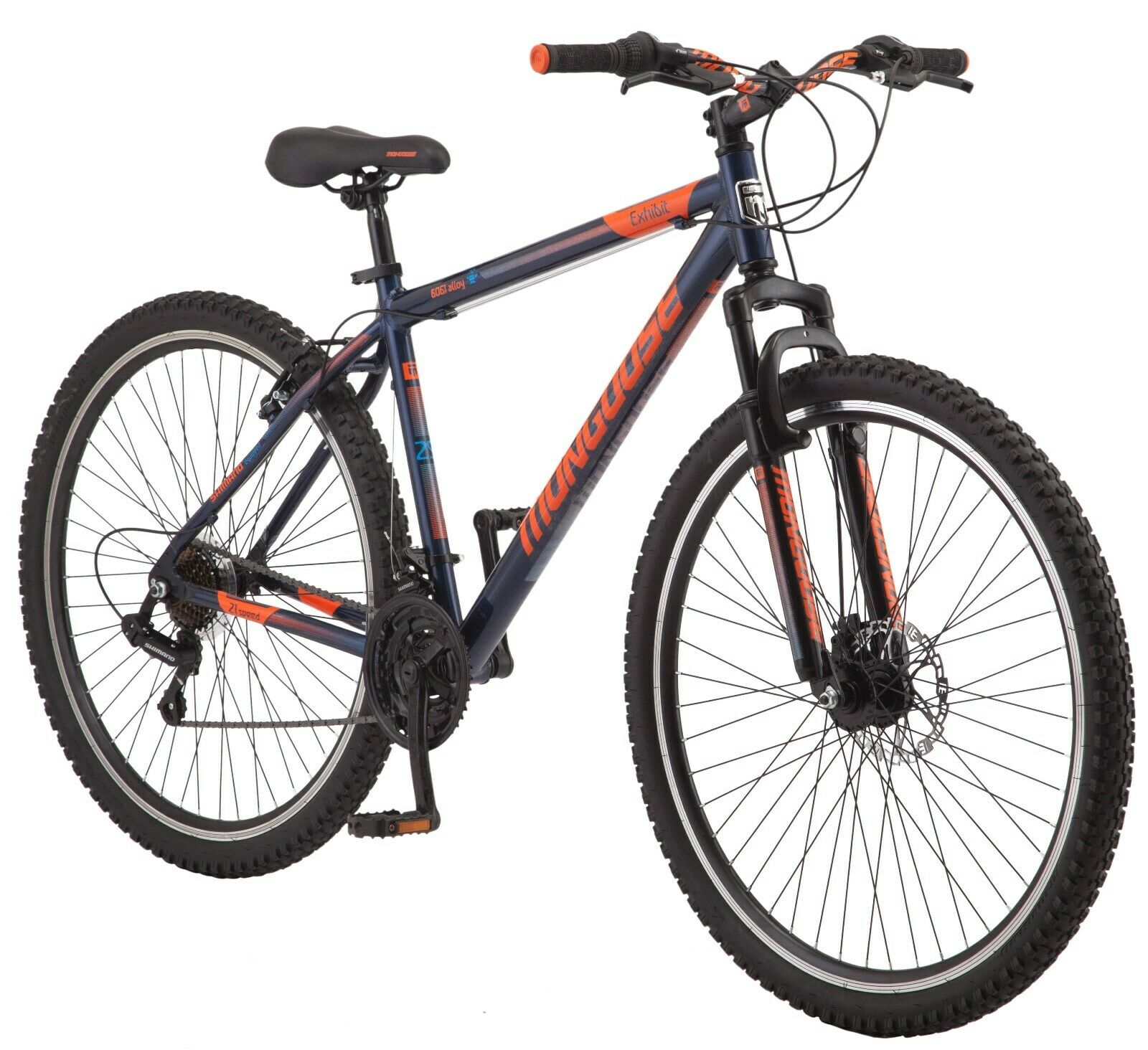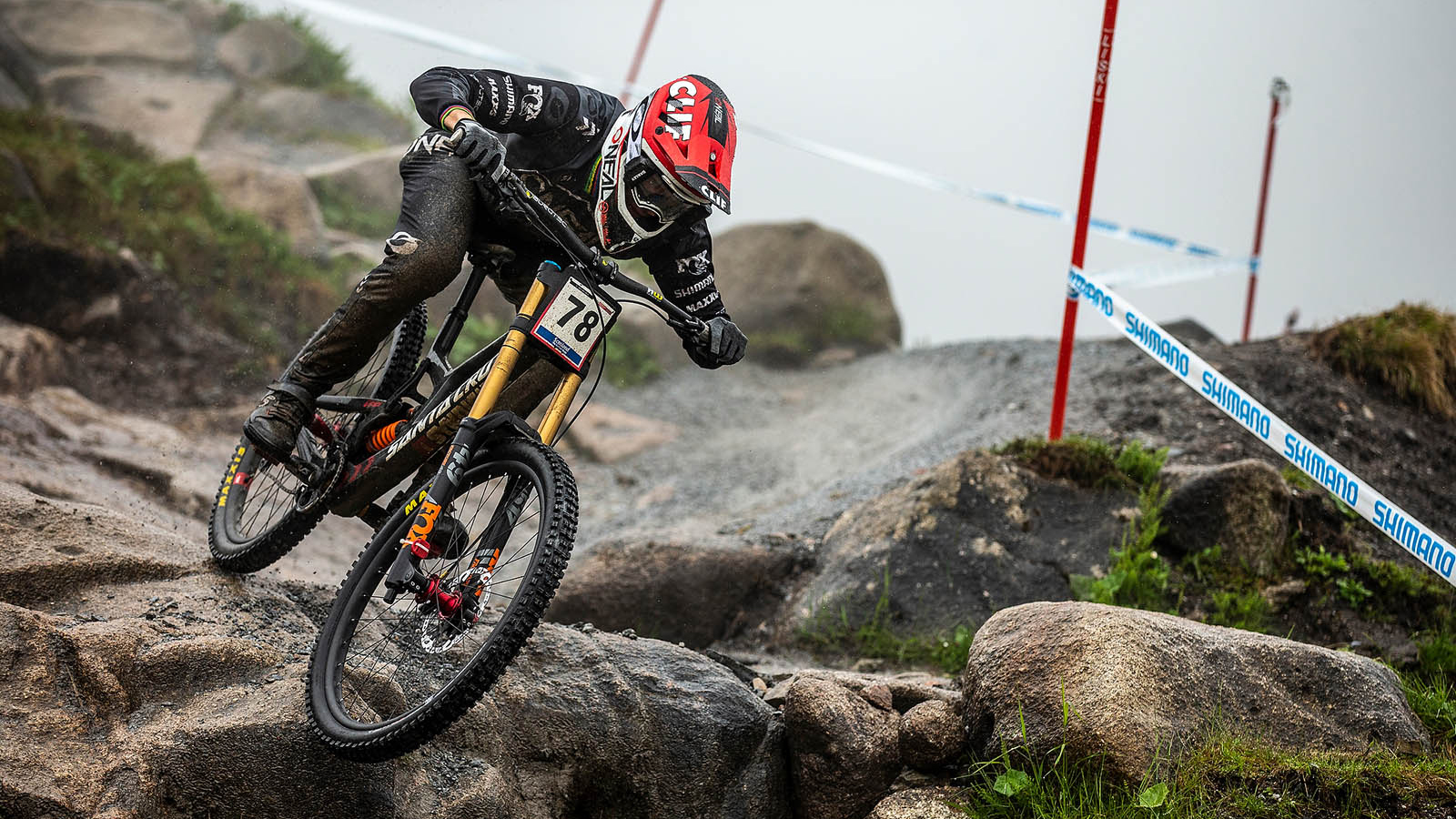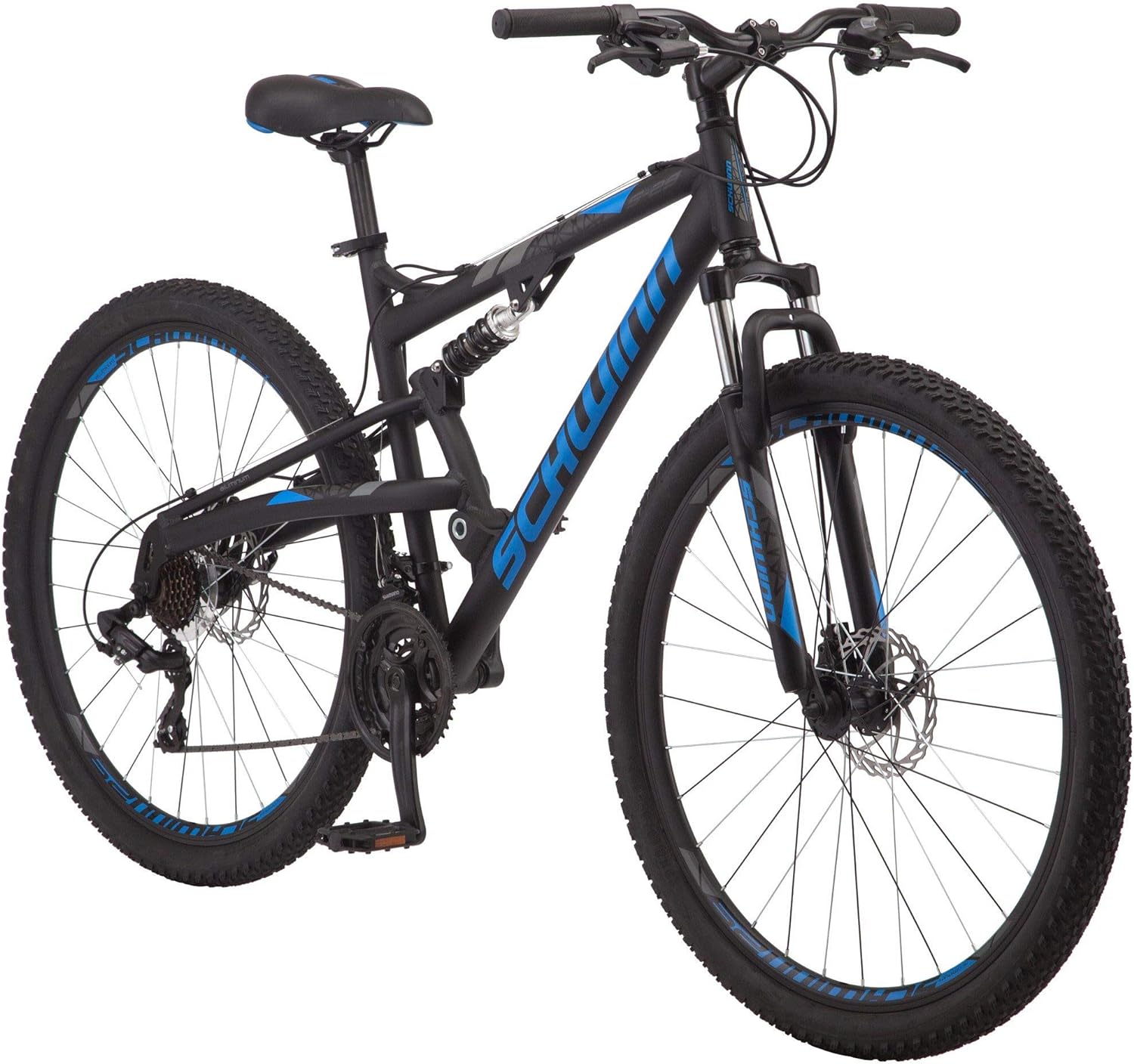Ⅰ.Introduction:

A. The Thrills of Mountain Biking:
A Safe Riding Adventure Awaits Mountain biking is an exhilarating sport that offers a unique blend of adrenaline and natural exploration. The excitement of navigating challenging terrains and breathtaking landscapes makes it a favorite outdoor activity for many adventure enthusiasts.
B. Importance of Prioritizing Safety:
Protecting Yourself and Others While mountain biking is undeniably thrilling, it is crucial to prioritize safety to ensure enjoyable and secure rides. By prioritizing safety measures, you not only protect yourself but also contribute to maintaining the integrity of the sport and minimizing risks for others.
Ⅱ.Essential Safety Measures for Mountain Biking:
A. Equipment and Gear:
- Choosing a Properly-Fitted Helmet and Other Protective Gear
Wearing a helmet is essential to protect your head and prevent serious injuries. Properly fitting helmets and other protective gear, such as knee and elbow pads, ensure optimal safety. - Maintaining and Inspecting Your Mountain Bike
Regular maintenance and inspections of your bike reduce the risk of mechanical failures. Checking tire pressure, brakes, and suspension will enhance your bike’s performance and minimize accidents.
B. Trail Etiquette and Awareness:

- Understanding and Respecting Trail Rules and Regulations
Each trail has its own set of rules and regulations, and adhering to them is crucial to maintain harmony with other riders and nature. Familiarize yourself with trail-specific regulations before embarking on your adventure. - Sharing the Trail: Interactions with Hikers and Other Cyclists
As mountain bikers, it is essential to stay courteous and respectful towards other trail users, including hikers and fellow cyclists. Communication, yielding to other users, and maintaining a reasonable speed ensure a safe and enjoyable experience for everyone.
C. Physical Preparedness and Conditioning:
- Strengthening and Conditioning Exercises for Mountain Biking
Regular exercise routines focusing on strength, endurance, and agility are vital for mountain biking. Incorporating exercises such as squats, lunges, and core workouts will enhance your abilities and reduce the risk of fatigue-induced accidents. - Proper Warm-up and Stretching Techniques
Prior to hitting the trails, it is crucial to warm up your muscles and stretch to increase flexibility and prevent injuries. Dynamic stretches and foam rolling target specific muscle groups and prepare your body for the exertion ahead.
III. Riding Techniques for a Safe Mountain Biking Experience:

A. Body Positioning and Fundamentals:
- The Correct Riding Position:
Balance and Stability Maintaining a balanced and stable riding position is crucial for optimal control and maneuverability. Focusing on proper weight distribution, neutral body alignment, and a relaxed grip on the handlebars will improve your overall riding experience. - Proper Shifting and Braking Techniques
Proper gear shifting and braking techniques ensure efficient power transmission and controlled speed. Understanding when and how to shift gears, and applying smooth and controlled braking, will enhance your handling and safety on the trails.
B. Handling Technical Terrain and Obstacles:
- Negotiating Roots, Rocks, and Drop-offs
Technical terrains can pose challenges, but with the right techniques, you can conquer them. Learning how to approach and navigate roots, rocks, and drop-offs using proper body positioning, momentum management, and line selection will enhance your confidence and safety. - Techniques for Effective Cornering and Maneuvering
Cornering and maneuvering skills are vital for navigating tight turns and switchbacks. Mastering techniques like proper weight distribution, line selection, and controlled braking will allow you to corner efficiently and maintain stability throughout the ride.
C. Climbing and Descending Strategies:

- Efficient Climbing:
Gear Selection and Cadence Climbing requires a combination of proper gear selection and pedal cadence. Understanding how to choose the right gear, maintain a consistent rhythm, and shift efficiently will help you overcome challenging ascents. - Controlled Descents:
Braking and Weight Distribution Descending steep sections requires controlled braking and proper weight distribution. Learning how to modulate your brakes, position your body weight, and increase bike stability will ensure a safe and thrilling downhill experience.
IV. Riding in Groups: Safety and Communication:
A. The Importance of Group Riding Etiquette and Communication
- Establishing Clear Communication Signals
Clear communication within a group is crucial for avoiding accidents and maintaining smooth rides. Establishing hand signals and verbal cues for braking, turning, and hazards will ensure effective communication among group members. - Riding Speed and Spacing to Ensure Safety
Maintaining a safe riding speed and proper spacing between riders is essential for group safety. Adhering to a consistent pace and leaving adequate space between bikes minimize the risk of collisions and allow for better reaction time.
B. Emergency Preparedness and First Aid:
- Basic First Aid Knowledge for Common Injuries
Having a basic understanding of first aid can prove invaluable in accident or injury scenarios. Learning how to handle common injuries such as cuts, abrasions, sprains, and fractures will enable you to provide immediate assistance if required. - Carrying a Properly Stocked First Aid Kit
Carrying a well-equipped first aid kit is essential during mountain biking adventures. Ensuring your kit includes essentials such as bandages, disinfectants, pain relievers, and emergency contact information prepares you to handle injuries and emergencies effectively.
V. Conclusion:

A. The Importance of Prioritizing Safety for an Enjoyable Mountain Biking Experience:
- Protecting Yourself and Others:
Riding with caution and implementing safety measures not only safeguards your own well-being but also ensures the safety of fellow riders and trail users. By being responsible and vigilant, you contribute to a positive and enjoyable mountain biking community. - Avoiding Injuries and Mishaps:
Mountain biking comes with inherent risks, including falls, collisions, and encounters with natural obstacles. Prioritizing safety minimizes the chances of injuries, allowing you to continue pursuing this thrilling activity without setbacks. - Enhancing Confidence and Skill Development:
Feeling safe and secure while riding empowers you to push the boundaries of your abilities, experiment with new techniques, and progress your skills. Confidence breeds growth, and a secure foundation will turbocharge your development as a mountain biker.
B. Embracing Safe Riding Practices for a Lifetime of Exhilarating Adventures:
- Regular Bike Maintenance:
Conducting routine checks on your bike’s components, including brakes, tires, suspension, and drivetrain, ensures optimal performance and minimizes the risk of mechanical failures during rides. Regular maintenance guarantees a safer and more enjoyable experience. - Appropriate Safety Gear:
Investing in quality safety gear, such as helmets, gloves, knee pads, and elbow pads, protects against potential injuries. Wearing the appropriate gear not only reduces the severity of accidents but also enhances comfort and confidence while riding. - Ride Within Your Limits:
Knowing your own strengths and limitations is essential for safe mountain biking. Pushing your boundaries is important for growth, but it should be done gradually and responsibly, ensuring that you remain in control and ready to handle the challenges ahead. - Be Trail Aware:
Respecting the environment and adhering to trail etiquette is fundamental to preserving trail ecosystems and maintaining a positive relationship with other users. Familiarize yourself with local trail regulations, yield to hikers and equestrians, and avoid damaging vegetation or wildlife habitats.
